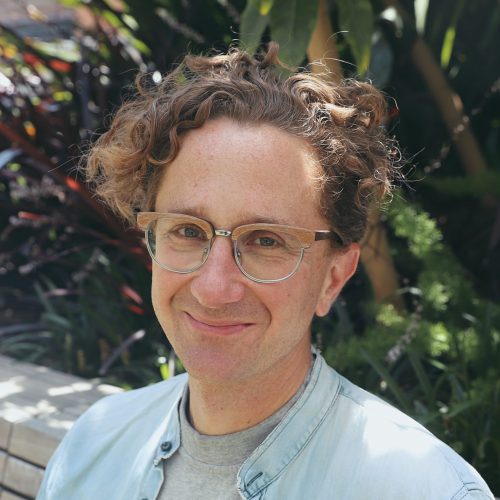While mainly focusing on trees and green spaces within urban environments, Marco is also interested in e-planning, urban agriculture, planning history and Asian cities.
Marco was Chief Investigator with Rob Freestone (UNSW) on an ARC Discovery Grant: DP120101732 (2011-2013). $152,000 Exhibitionism: codifying and communicating planning culture in Australia 1913–1951.
He is currently leading an ARC Discovery Grant: DP 150103135 “Seeing the good for the trees: remotely sensing the urban forest” with Cris Brack (ANU) and Steve Livesley (University of Melbourne)
He has supervised four Higher Degree by Research (HDR) students to completion and has been involved in the supervision of many other students. He was in charge of the administration of the ~70 HDR student experience for students in the Department of Environment and Geography (Macquarie University) 2009–2013.
Expert commentary on...
Expert commentary on...
Urban planning history, ageing and planning, e-planning and the internet, Urban green spaces, Urban trees, Urban forest, Land reform in developing countries, Community planning and gambling, Eye-tracking and urban spaces.


